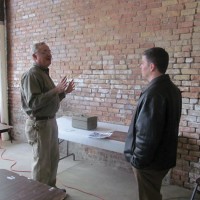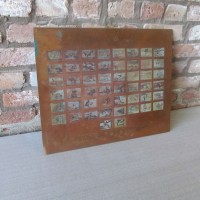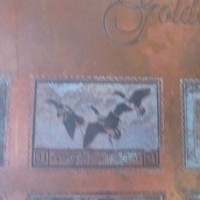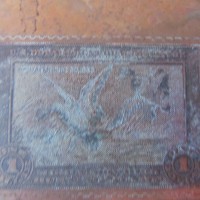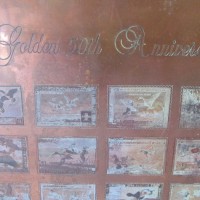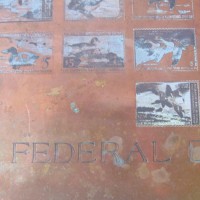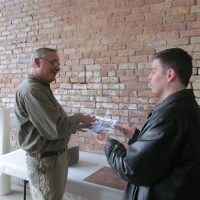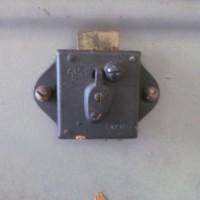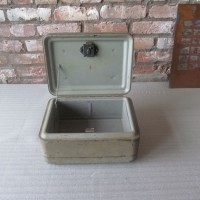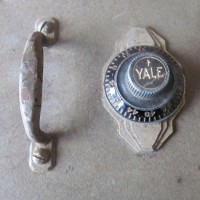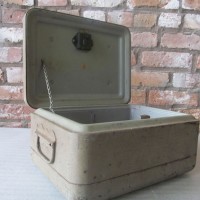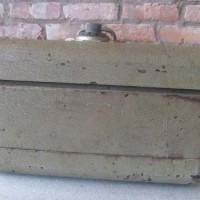What's My Stuff Worth: Stamps and Lockbox
Dan Philips
When Jason Kassis of Peoria came across a copper plate filled with different imprints of ducks while cleaning out an old building, he wasn't sure what he had.
For all Kassis knew, the plate could have been for various special postage stamps depicting ducks and possibly quite valuable. That's why he held on to it for about 20 years, taking it with him any time he moved.
He finally got it evaluated a few weeks ago with the help of The Peorian. We set him up with Dan Philips, local expert on antiques who owned Illinois Antique Center until it closed last summer. Philips now does estate sales in the area.
As it turns out the plate was for printing federal duck stamps that duck hunters are required to purchase along with state hunting licenses. That's because bird hunting is regulated by the federal government. The plate Kassis has came out in 1984.
Philips estimates its value at $100 to $250 because it could be considered a collectible item. Although it wasn't marked by the government, he said it was most likely a Franklin Mint variety. He said a couple companies have in the past put the stamps in a poster or metal plate as decorative items.
Still, Philips said he has seen a framed set of the duck stamps sell for as much as $3,000.
Philips told Kassis that if he intends to try and sell the plate to not clean it up, that the condition is up to the end user. However, he suggested Kassis clean it if he intends to keep it and perhaps try and find an original poster made from it for a display piece.
Said Kassis, "I didn't know the story behind the duck stamp plate and what it was until Dan explained it. I thought it was just a printing plate for special collectible postage stamps instead of a stamp for hunting ducks. I'm considering an attempt to restore the duck stamp plate if I can find a way to clean the copper surface without damaging the stamps."
Kassis also asked Philips to assess the value of a grey lockbox safe made anywhere from the 1930s to the 1950s.
Designed for home use, the lockbox was lined with concrete and could protect valuables. The boxes offered varying degrees of protection from fire. Most such lockboxes were marked to note their protection level, but Kassis' was not.
People often upgraded and got better lockboxes and would pass old lockboxes down to family members, which is how Kassis got it.
"The fire safe box was given to me by my father-in-law when they were moving a few years ago. It was originally owned by his father, my wife's grandfather. They had had a rummage sale and actually sold a few other older lock boxes, as well. They had one left over as well as another newer fire safe that they also gave me in the process of moving. They've been in my basement ever since," Kassis said.
Philips estimated Kassis could get between $25 and $45 for the lockbox. The value would be higher if the lockbox had any logos or designs.
Also, the lock does not currently work. Dan suggested that a lock shop should be able to assist with fixing it.
Kassis said he's going to look into getting the combination for the lockbox from a locksmith.

